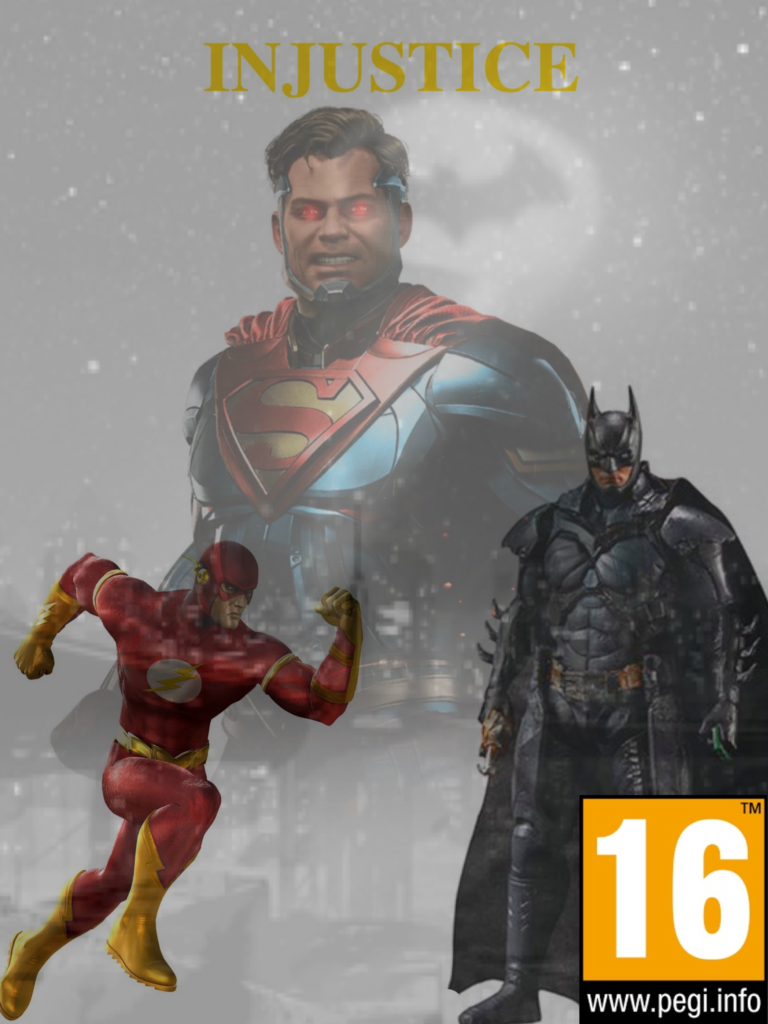Barthes – One of the leading theorists of semiotics, which is the study of signs.
C S Pierce – A scientist and philosopher best known for being the earliest supporter of pragmatism.
Ferdinand De Saussure – A Swiss linguist and semiotician.
Semiotics – The study of signs and symbols and their interpretations.
Sign – An object or event regarded as an indication of what has happened or is going to happen.
Signifier – The object.
Signified – The meaning or idea expressed by a sign.
Icon – A thing or person regarded as a representative symbol.
Index – A sign or measure of something.
Symbol – A mark or character used as a conventional representation of an object, process or function.
Code – A system of letters, words, symbols or figures used to represent others.
Dominant Signifier – The most important sign.
Anchorage – When one piece of media uses another to reduce the amount of connotations in the first piece.
Ideology – A set of beliefs that an entity or person has.
Paradigm – An example or pattern of something; a pattern or model.
Syntagm – When a sign appears in a sequence that creates a different meaning.
Signification – The process of making something.
Denotation – Barthes – the object the thing.
Connotation – an idea or feeling that is abstract to the meaning of intentions.
Myth – A false belief or idea.
Radical text – Challenges the dominant ideology.





